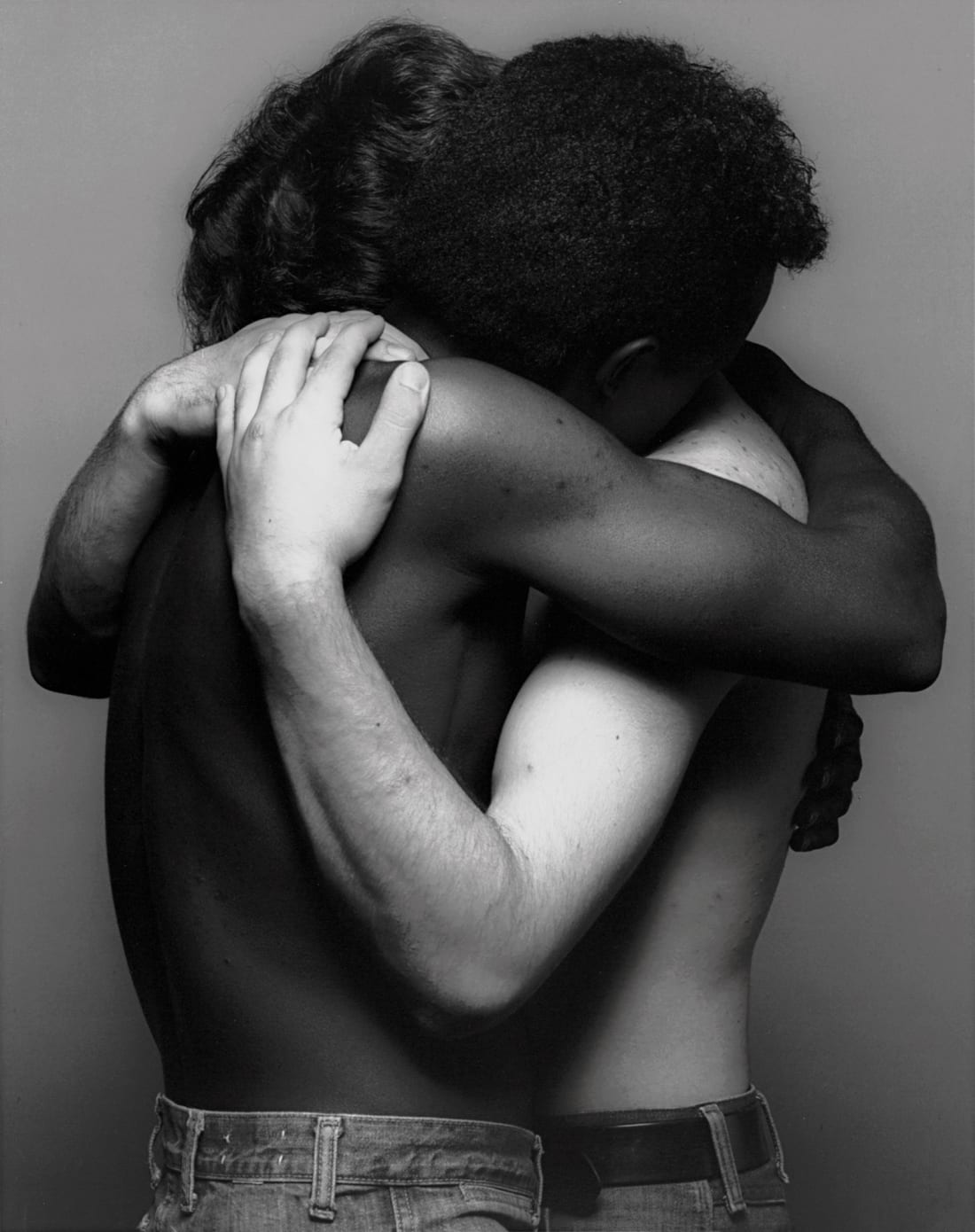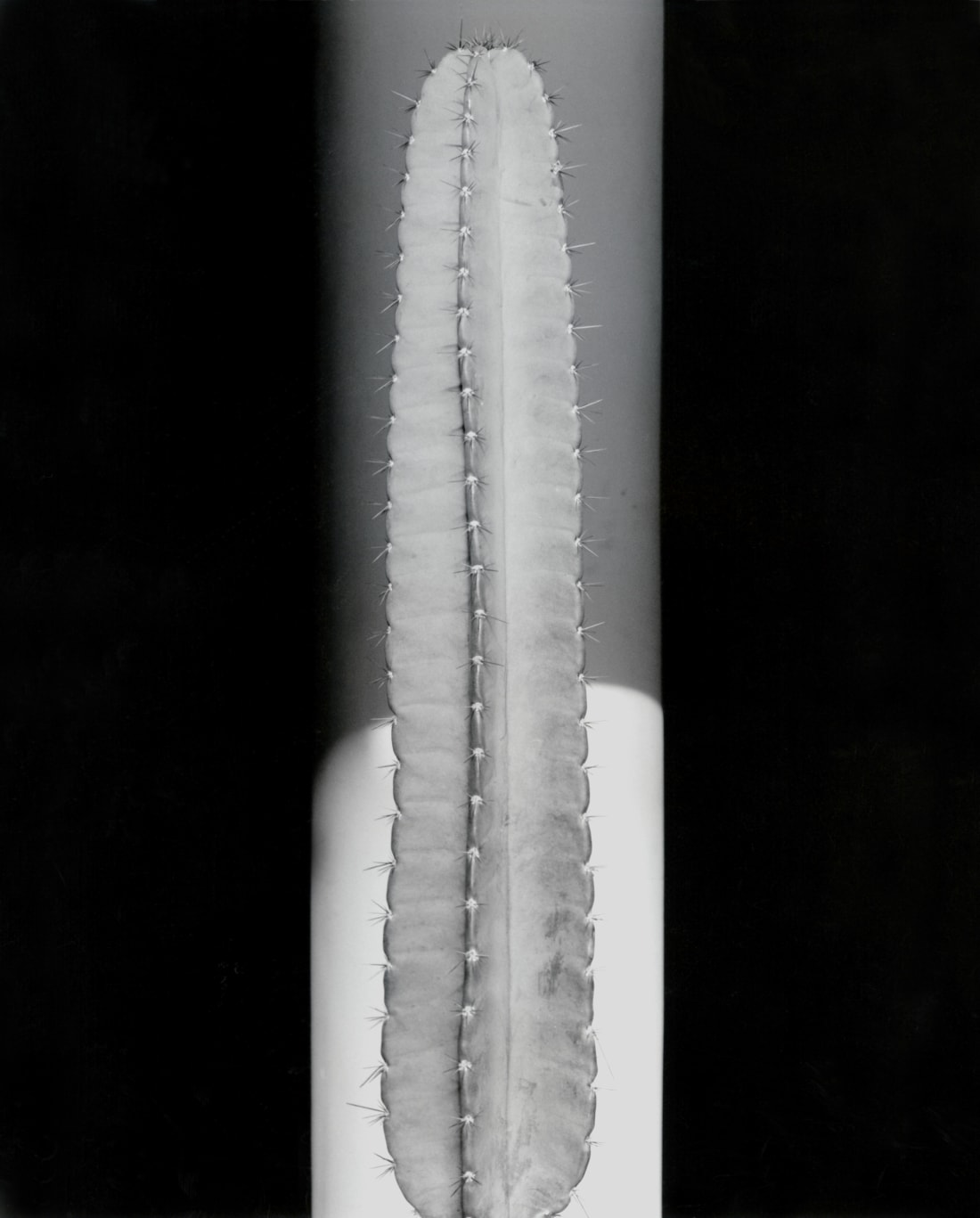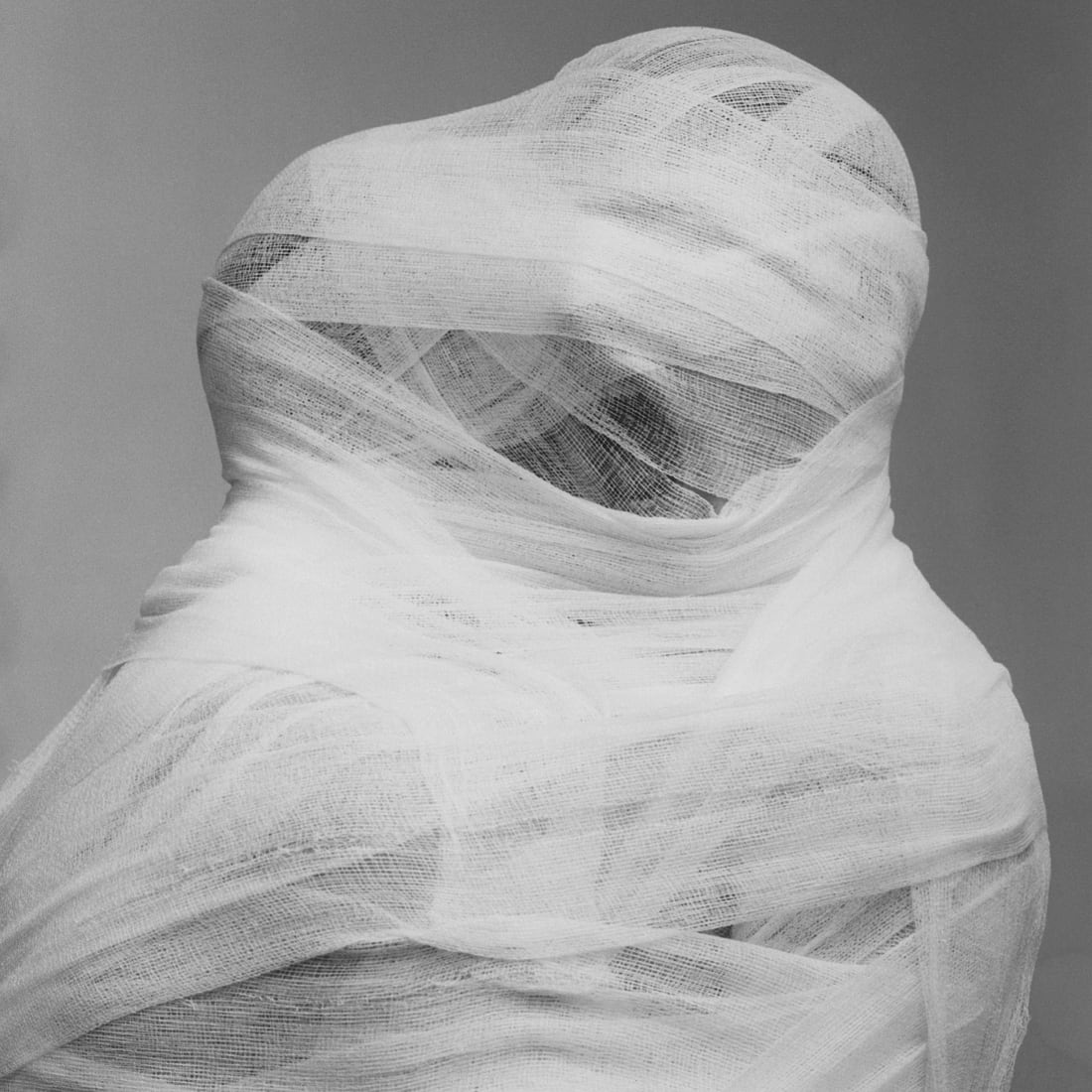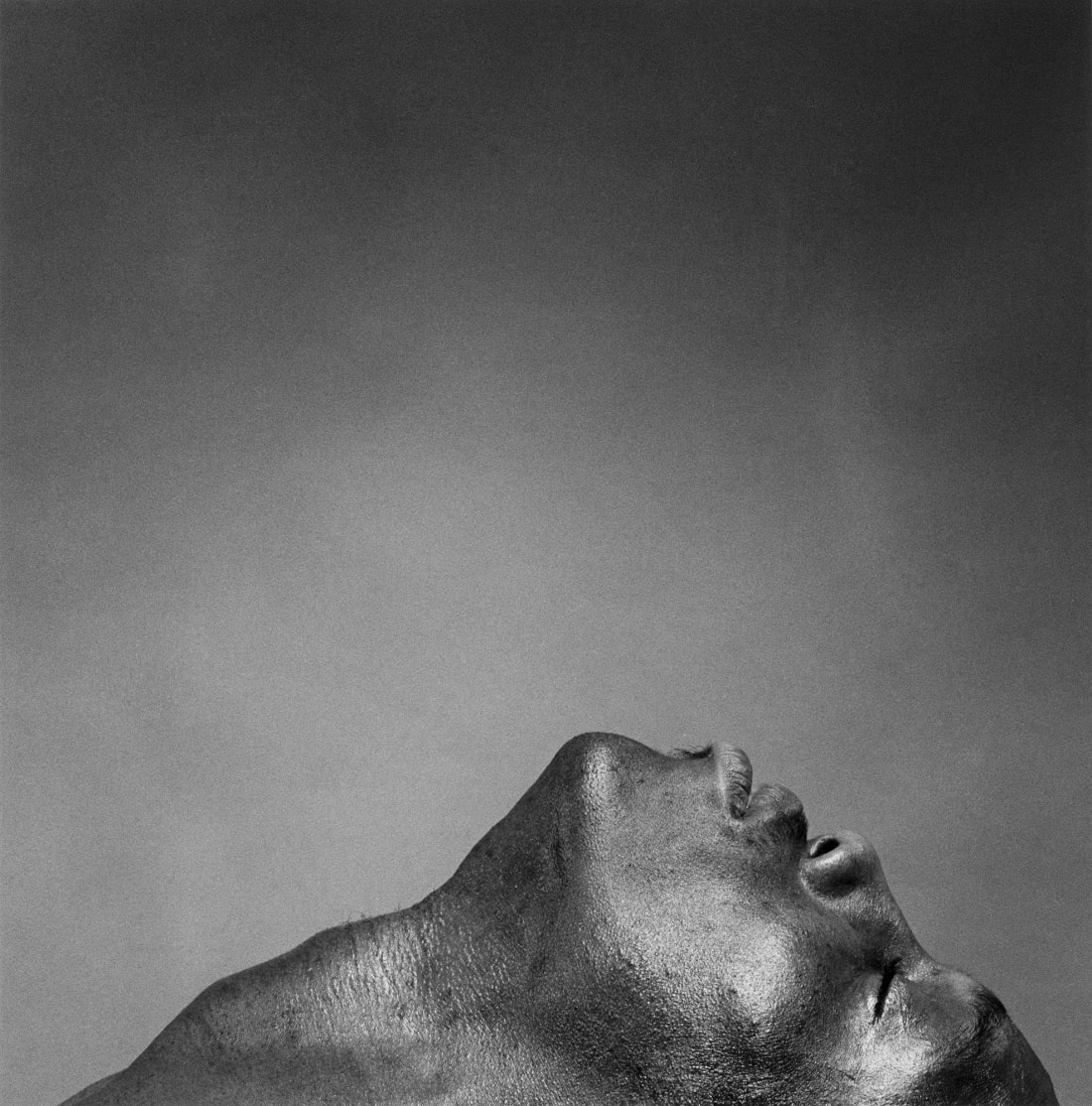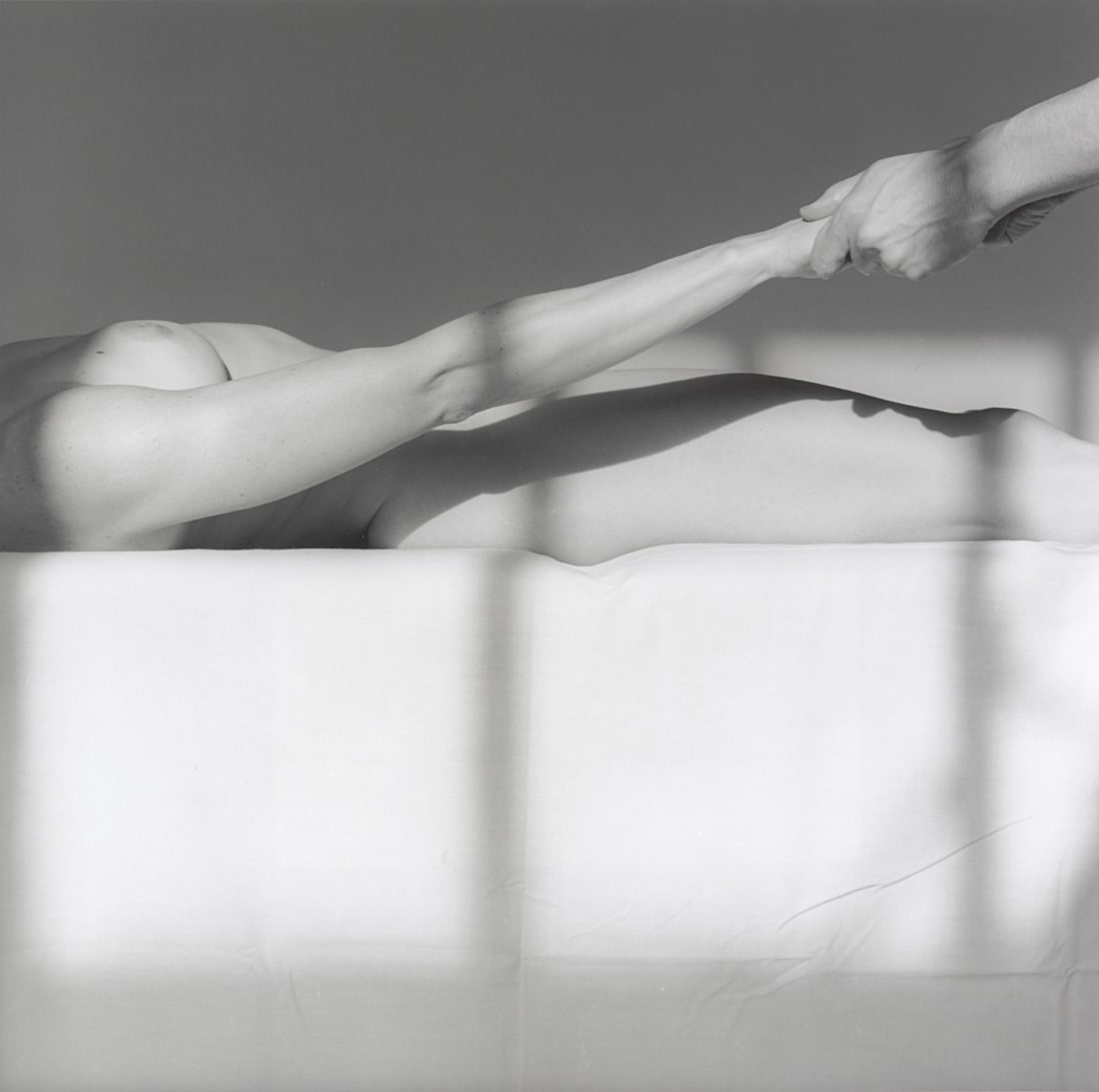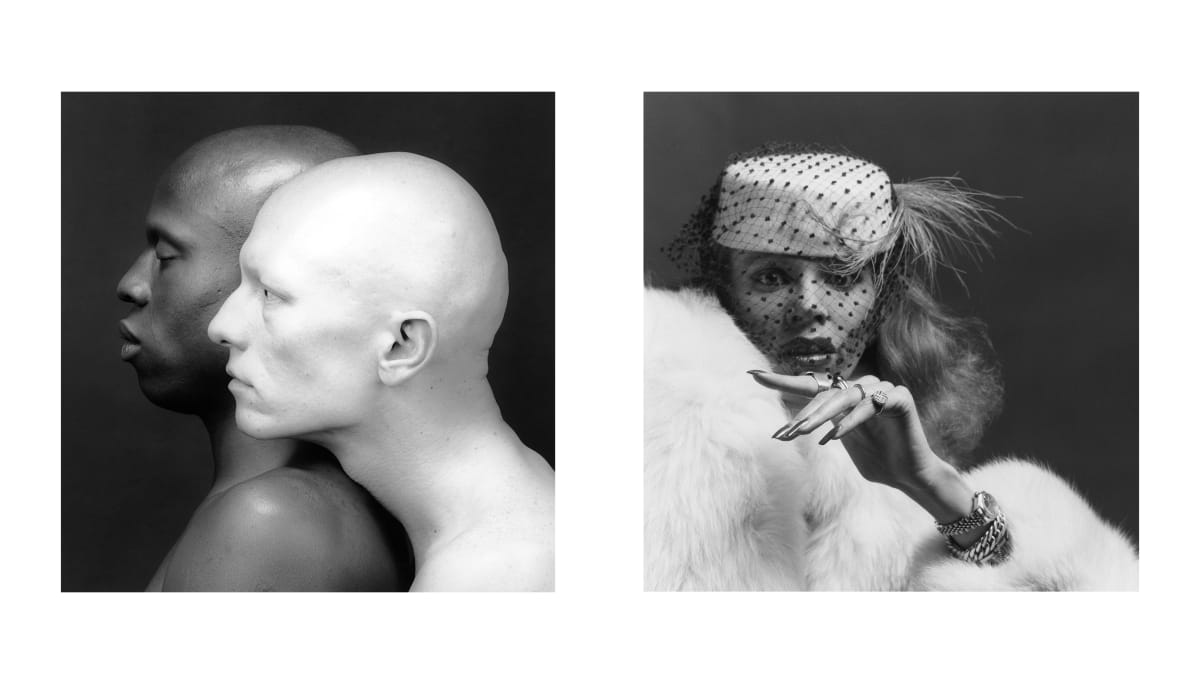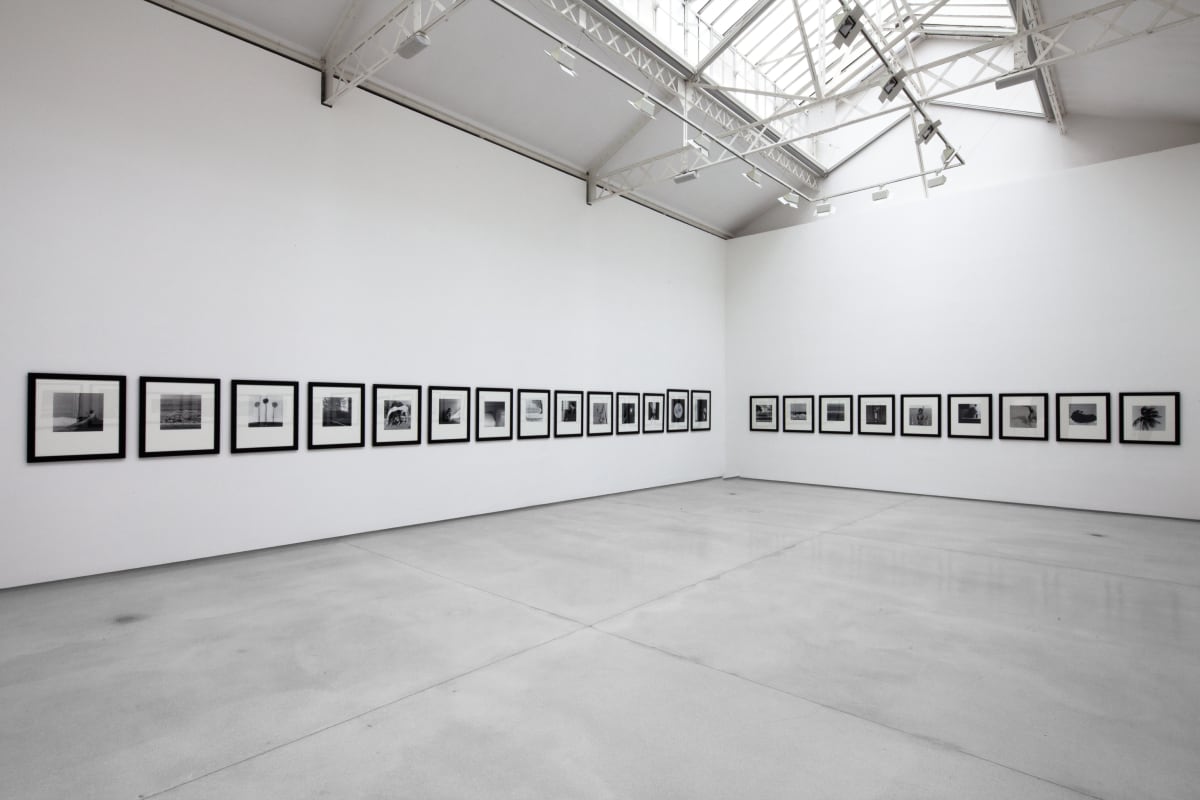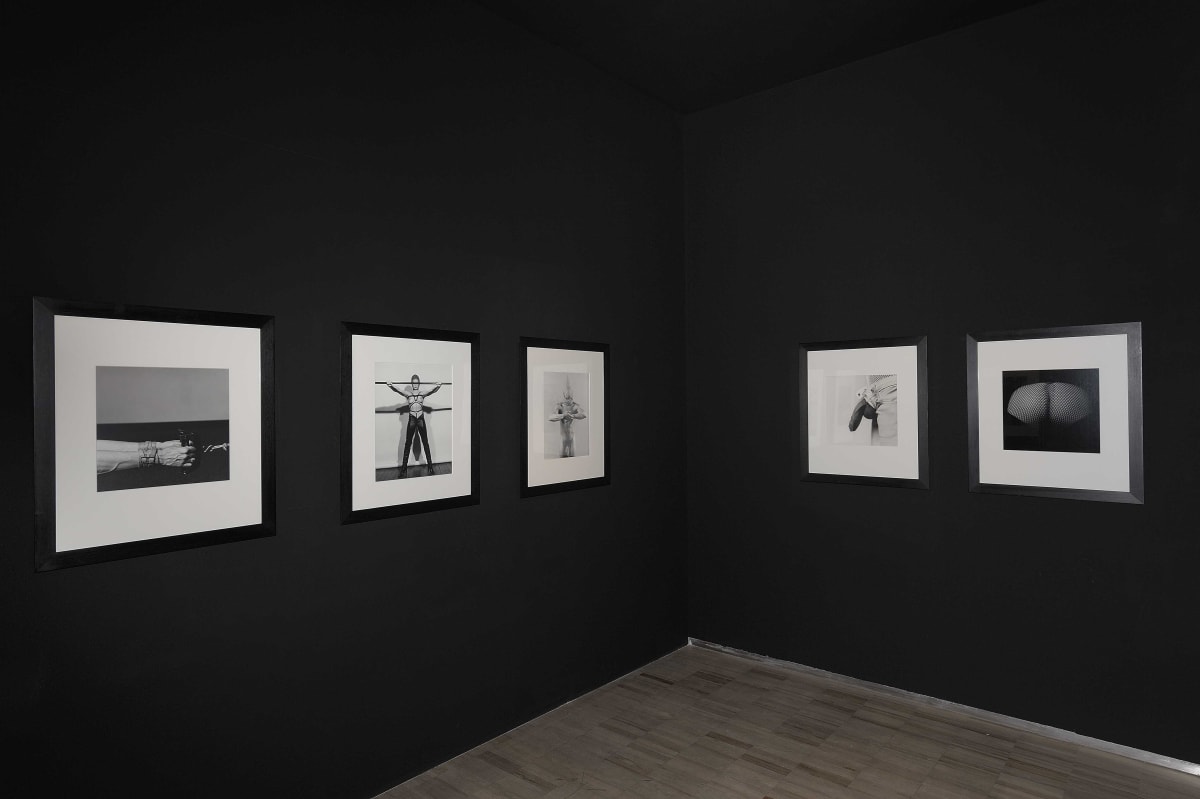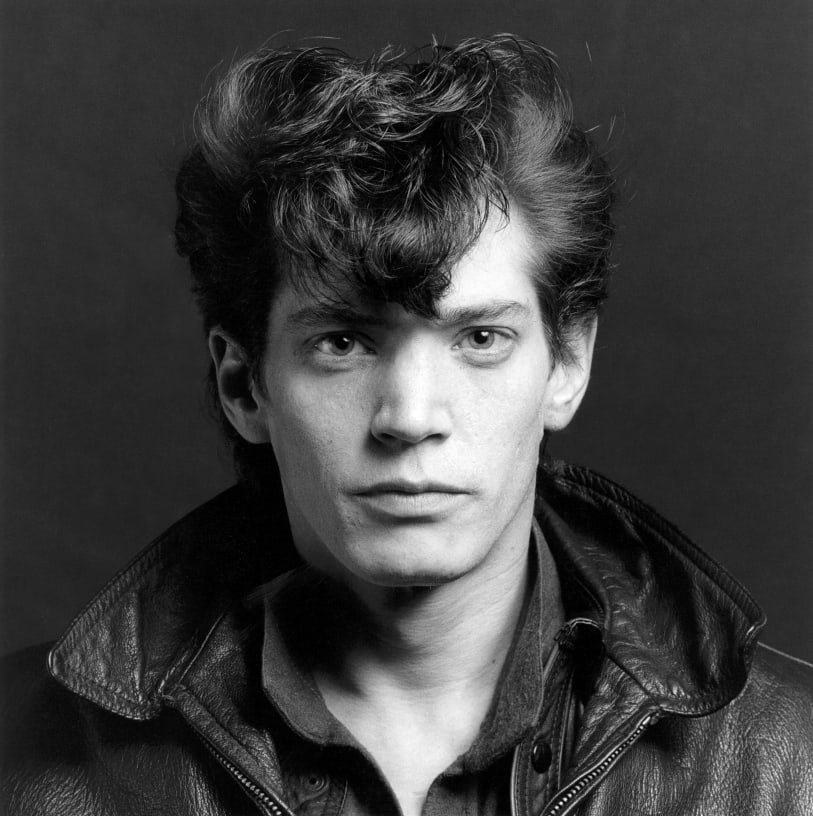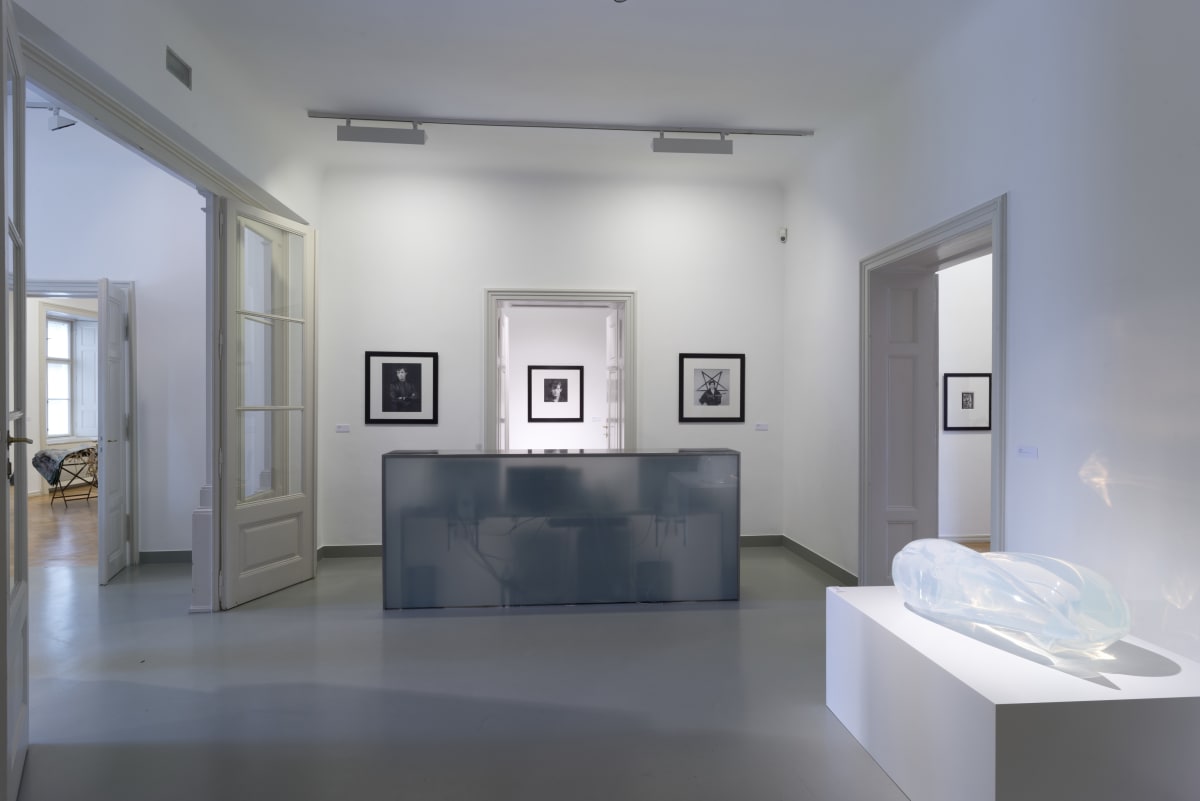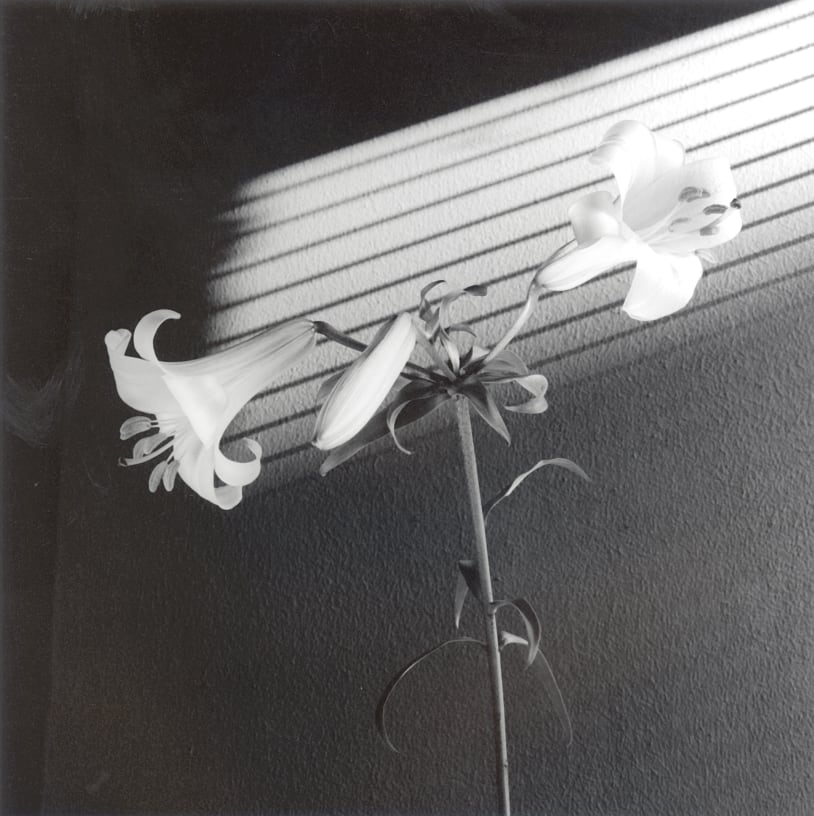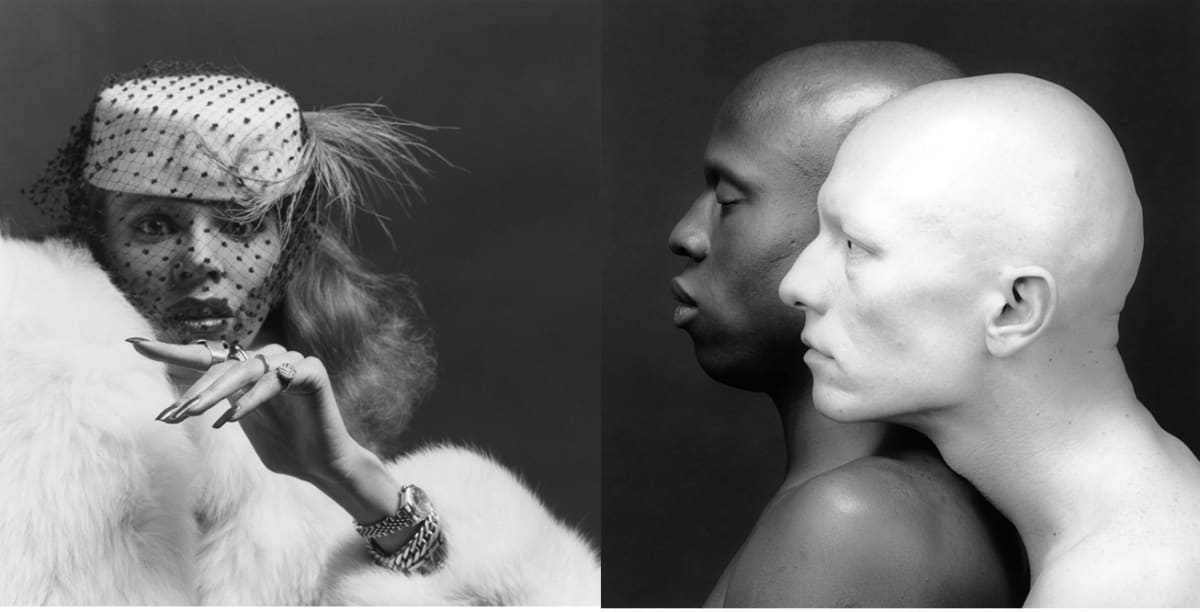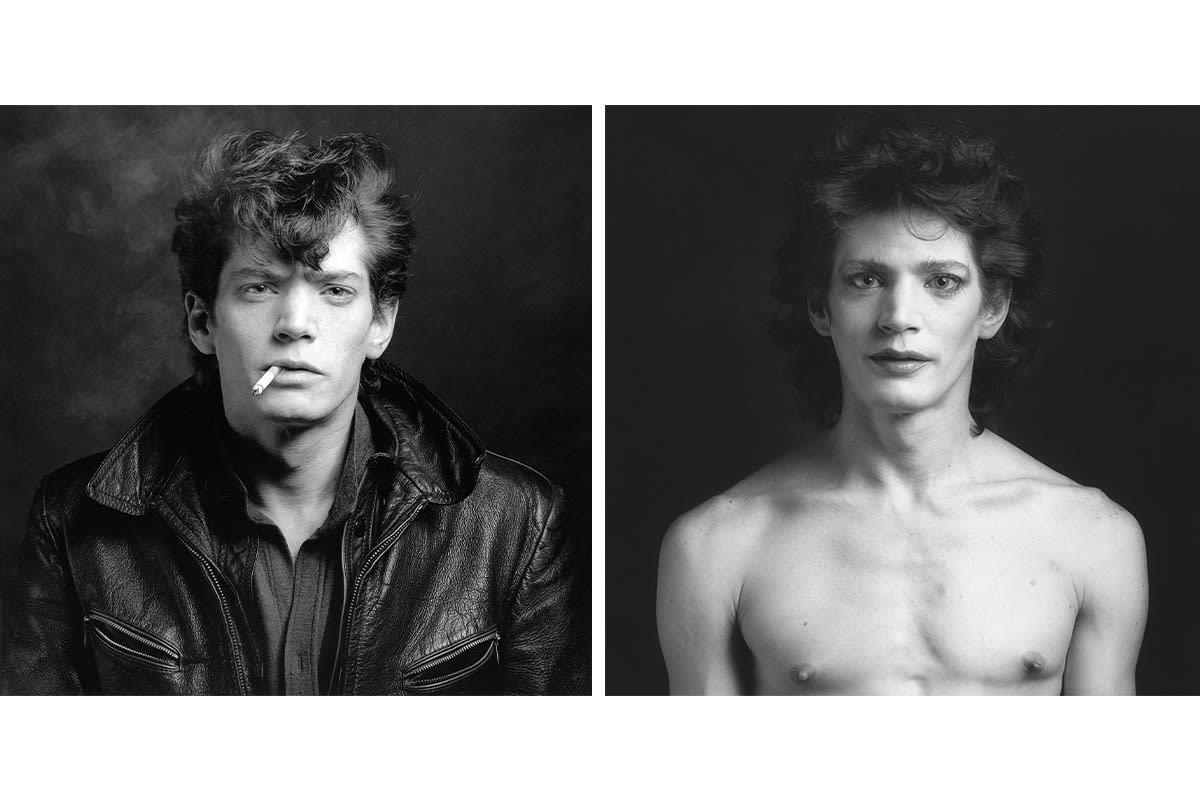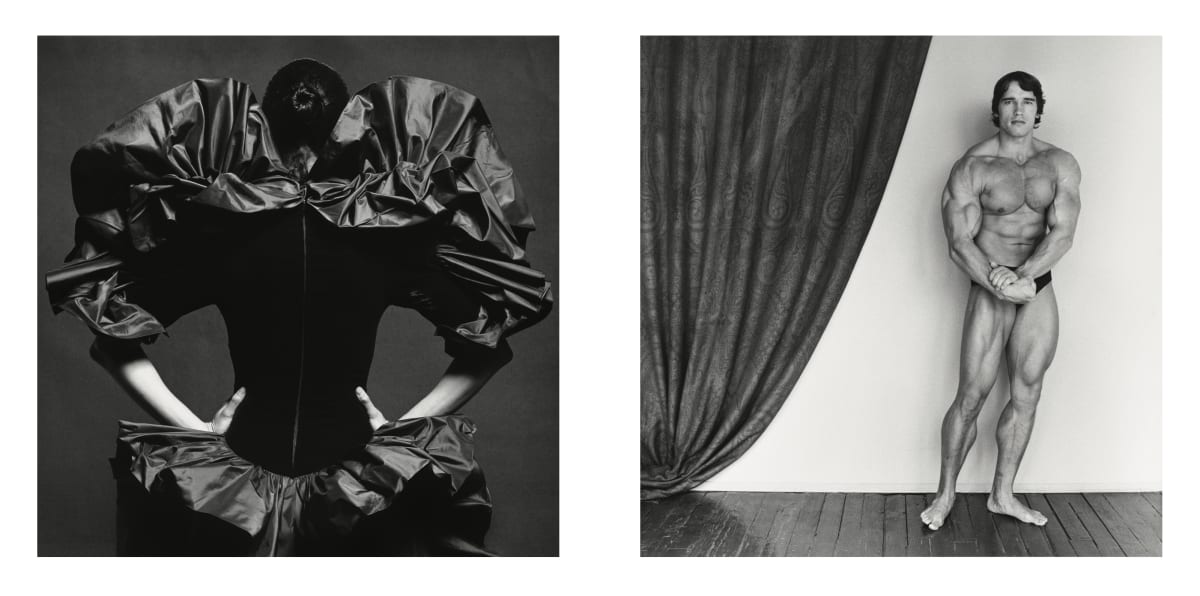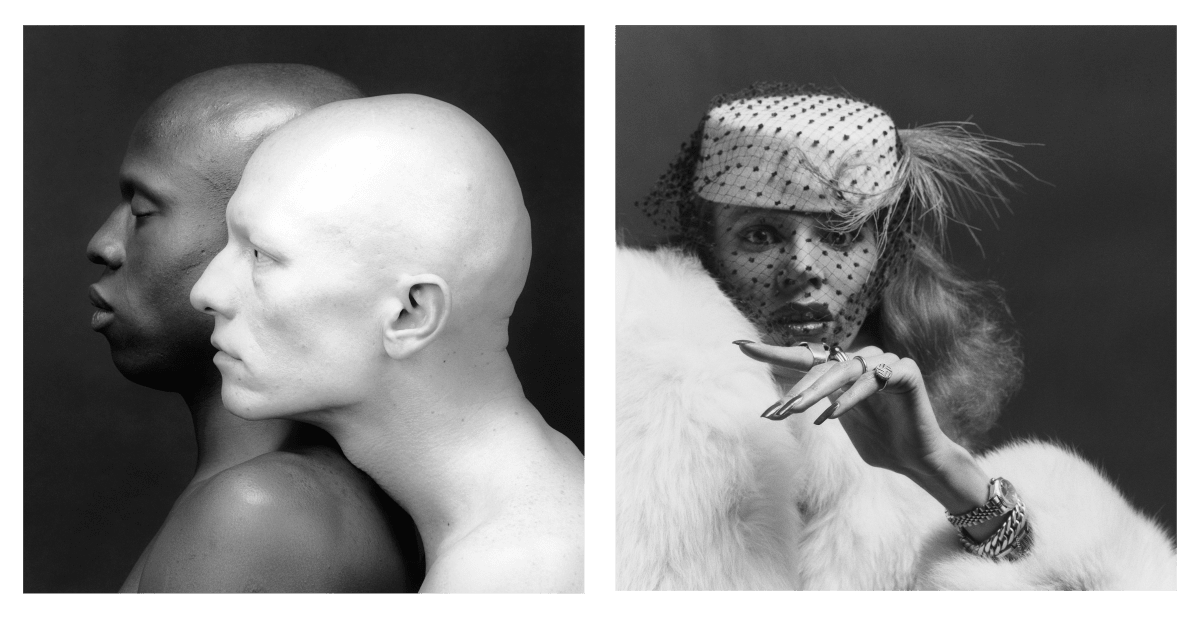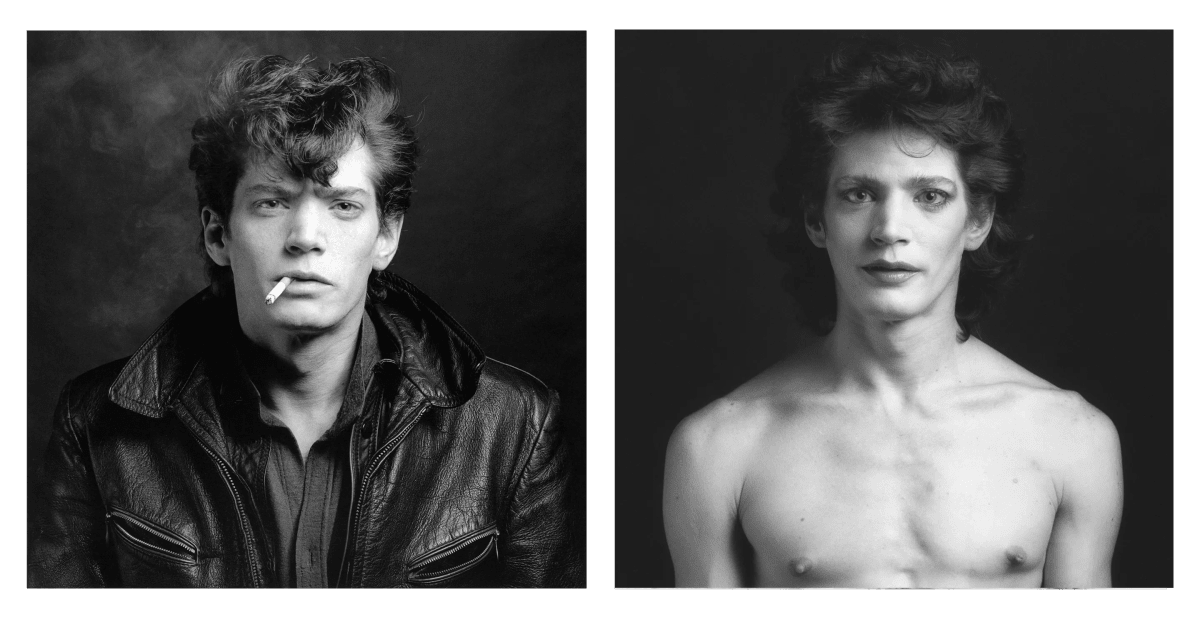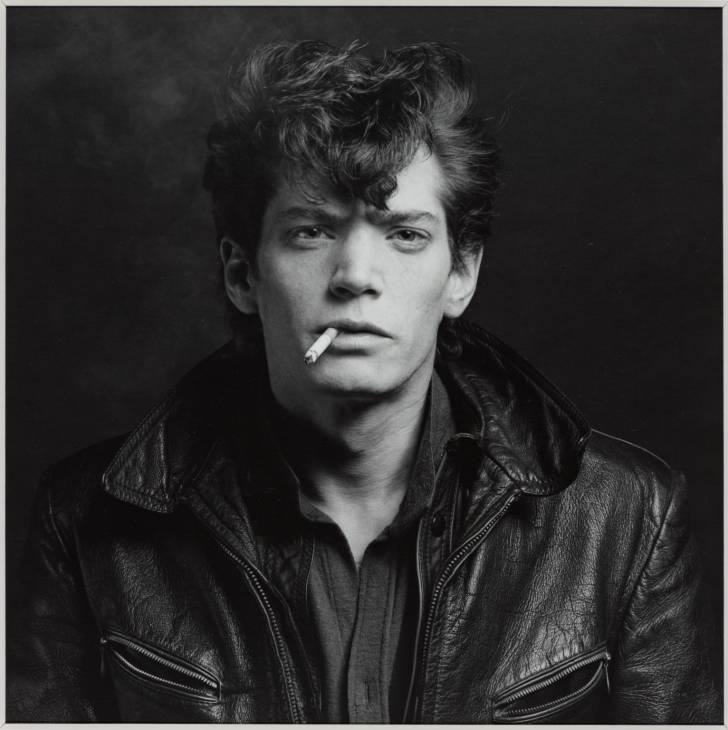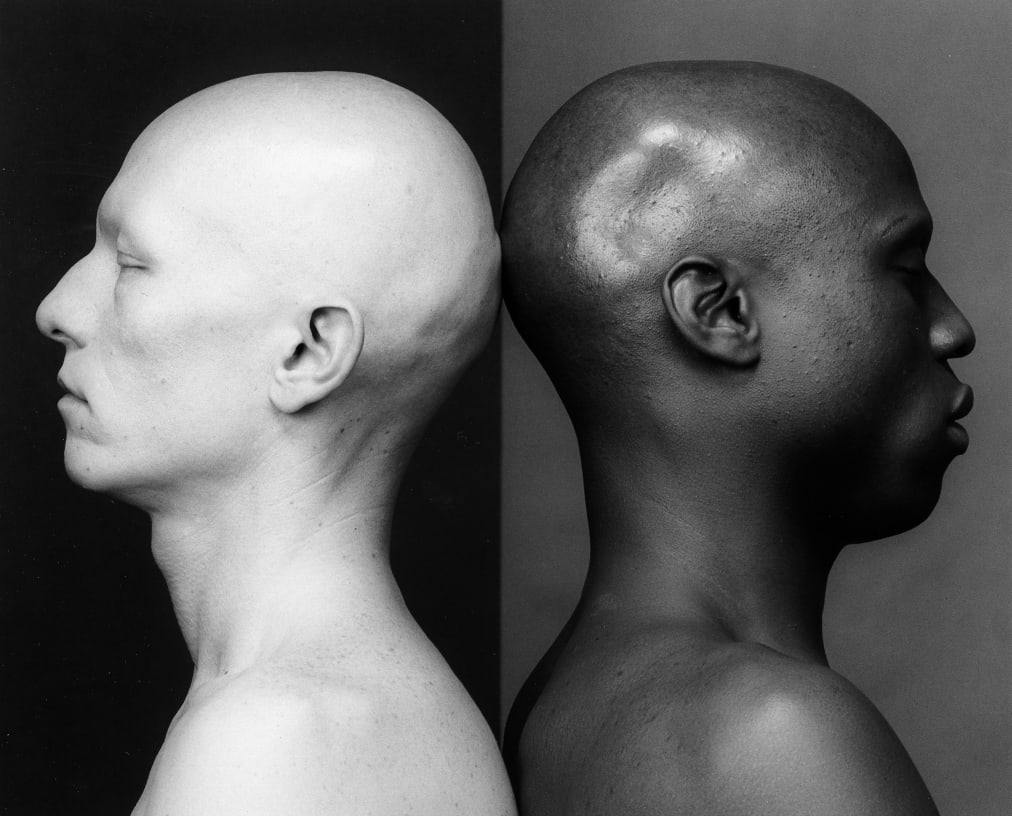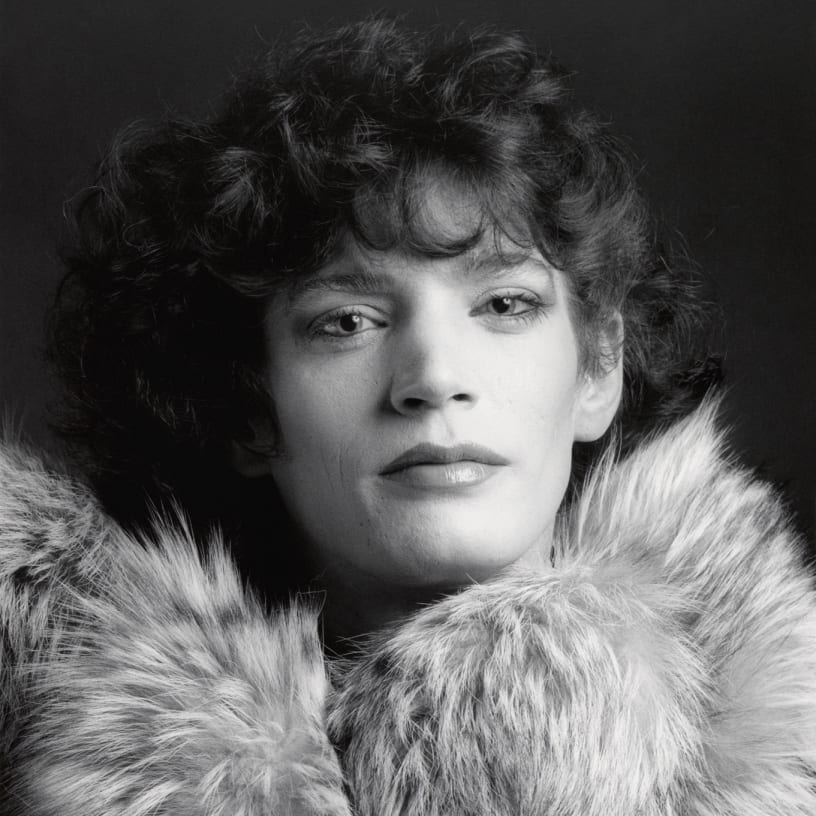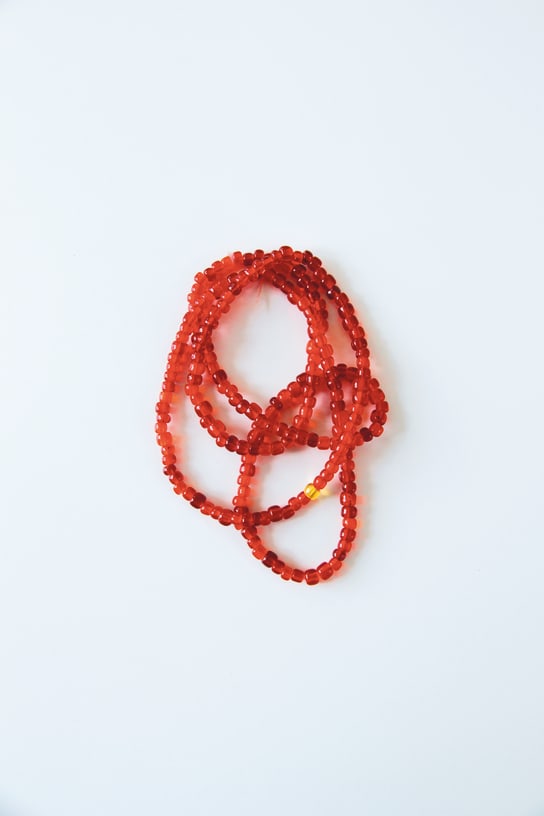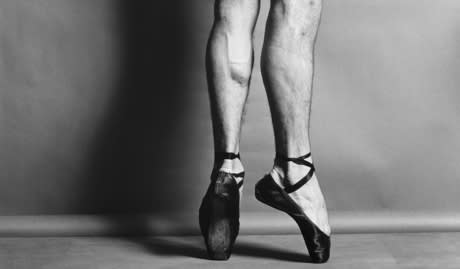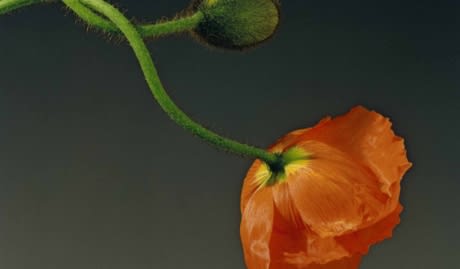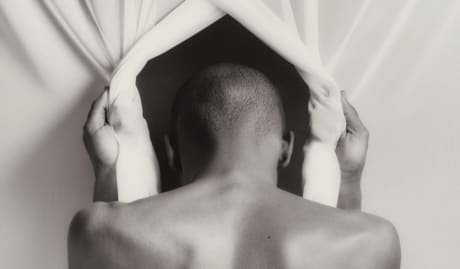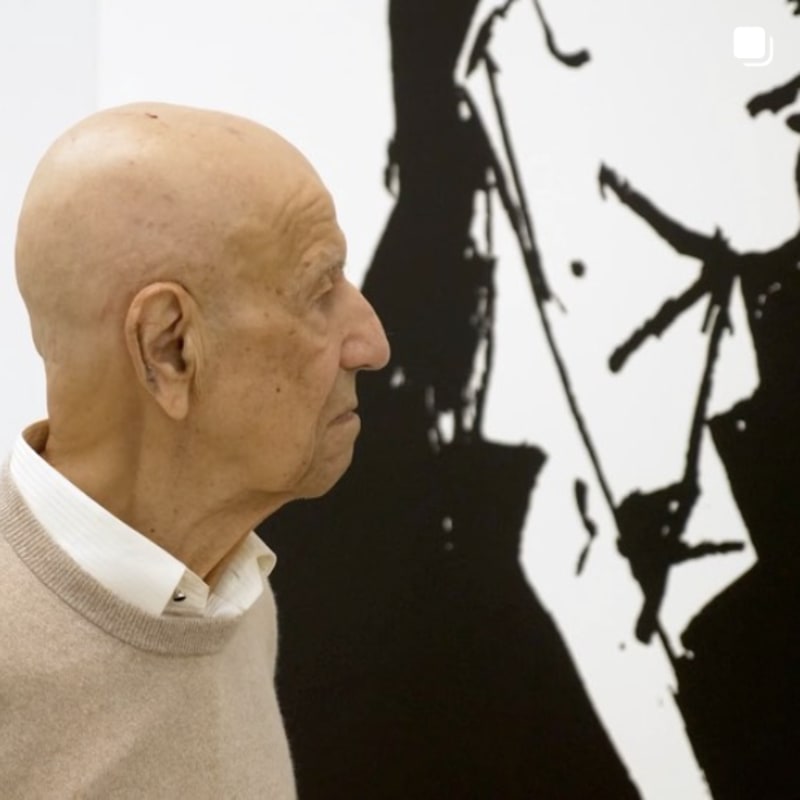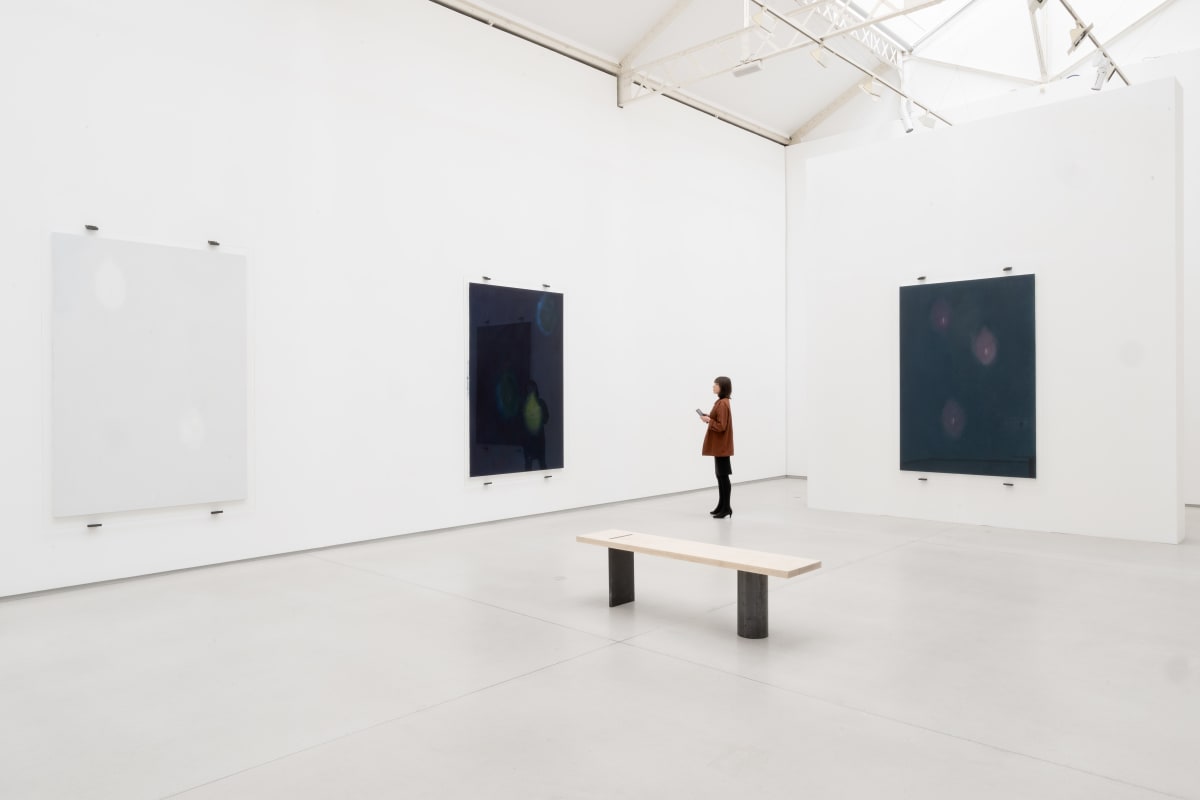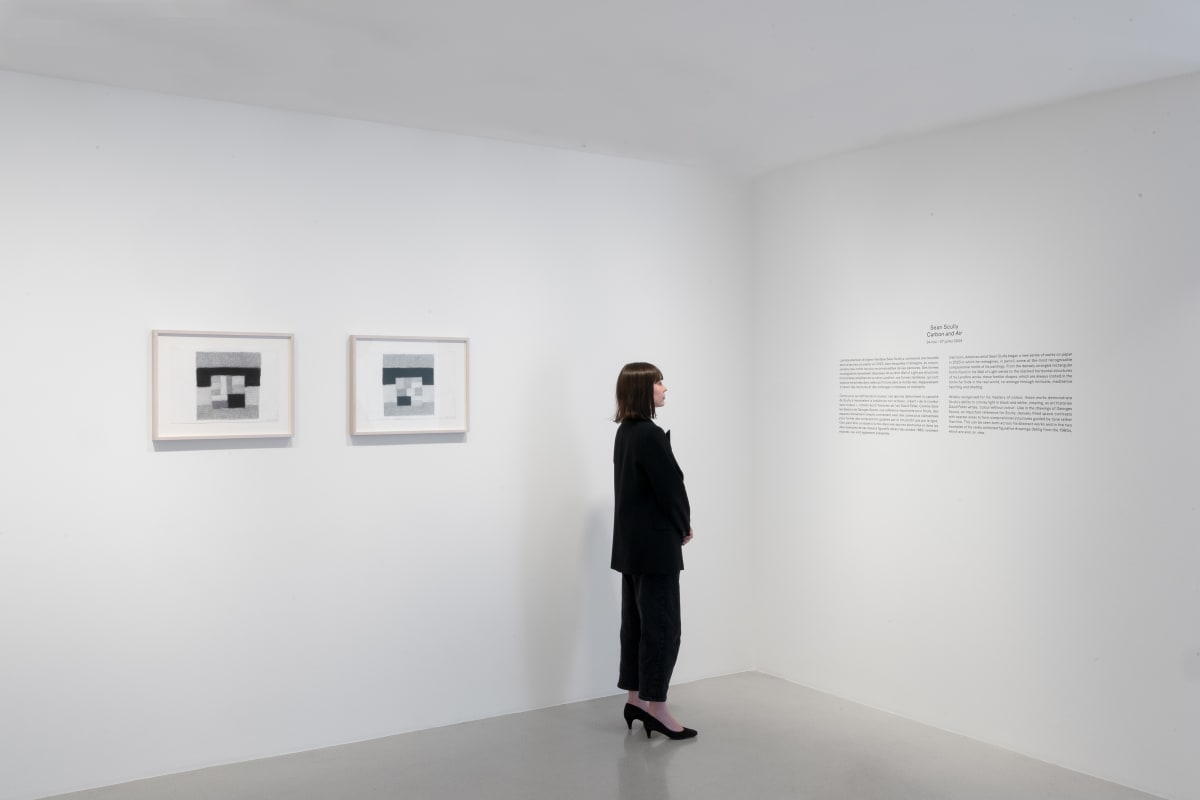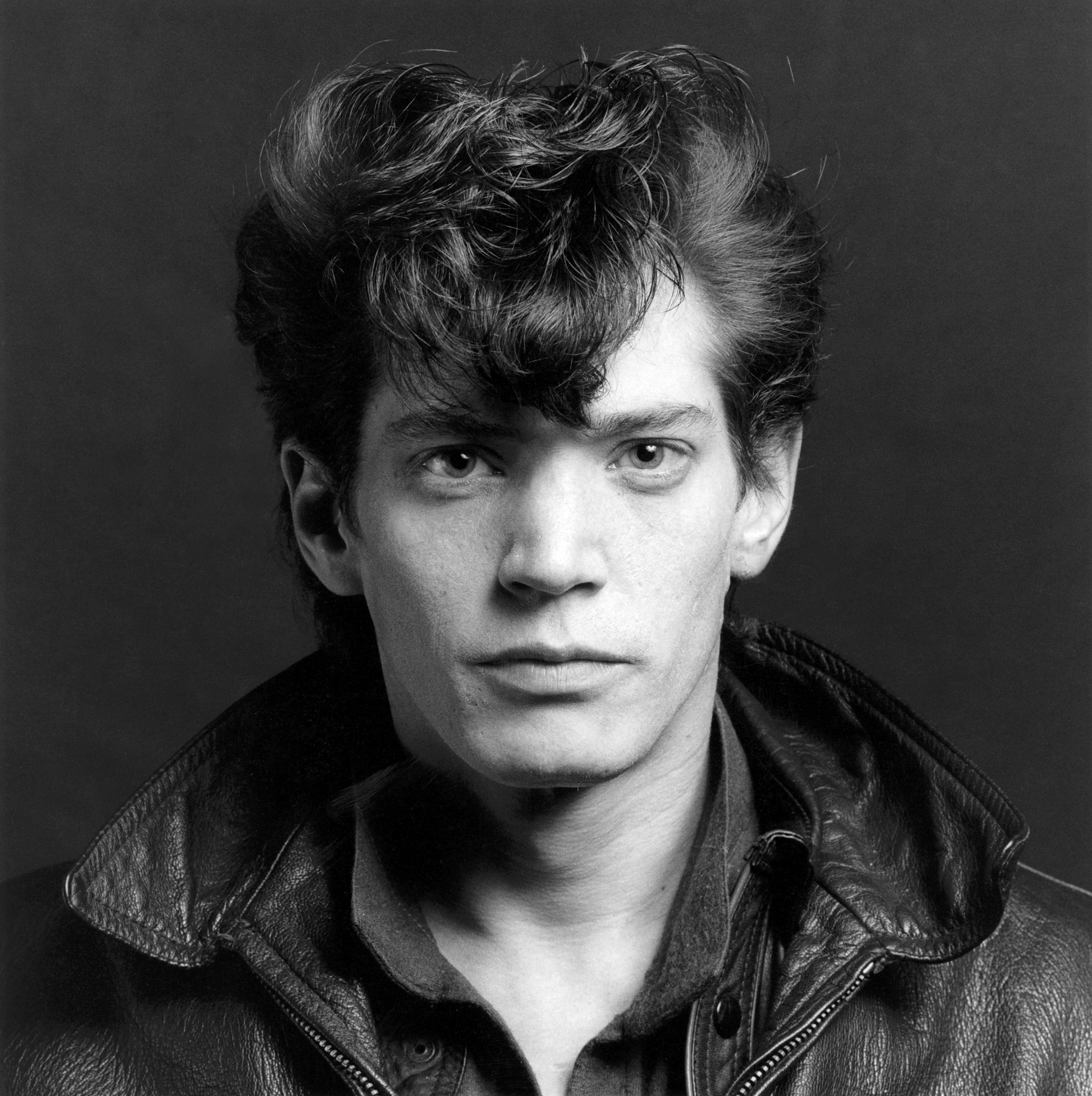
Robert Mapplethorpe Foundation
Overview
'I don’t like that particular word "shocking". I'm looking for the unexpected. I'm looking for things I've never seen before...'
Robert Mapplethorpe is one of the most groundbreaking photographers of the 20th century, who not only tested the boundaries of his medium but created images that captured the essence of the cultural landscape of his time. His prodigious and powerful body of work consists of editioned, large-format photographic prints that simultaneously adhere to and challenge classical aesthetics, while reinventing the traditional genres of portraiture, the still life and the nude.
In the early 1970s, Mapplethorpe began taking Polaroid pictures, enjoying the immediacy of this new medium. While evoking at times a sense of intimacy and tenderness, at others a toughness and directness, these gave way to more classical forms in the mid-1970s, when Mapplethorpe began using a Hasselblad 500. He photographed participants in New York's S&M subcultures, using the camera as a subversive tool to portray an underground community, in rebellion against the conservative values that dominated American society. He revolutionised his medium by investing this explicit imagery with an unexpected formality and beauty.
Mapplethorpe refined his style throughout the early 1980s, when he began concentrating on nude figures, flowers and portraits, including the bodybuilder Lisa Lyon, the only female model he photographed extensively and even published in the book Lady Lisa Lyon (1983). His prodigious and powerful body of work consists of over 2,000 editioned photographs, encompassing not only his iconic portraits, flowers and nudes, but also landscapes, interiors and still lifes. Regardless of their subject matter or format, his photographs are united by a distinctive visual language. They are exquisite in their technical mastery and classical aesthetic. His direct engagement with questions surrounding sexuality tested the right to individual freedom of expression, sparking debate about public funding for the arts and even definitions of what could be considered an artwork.
Robert Mapplethorpe is one of the most groundbreaking photographers of the 20th century, who not only tested the boundaries of his medium but created images that captured the essence of the cultural landscape of his time. His prodigious and powerful body of work consists of editioned, large-format photographic prints that simultaneously adhere to and challenge classical aesthetics, while reinventing the traditional genres of portraiture, the still life and the nude.
In the early 1970s, Mapplethorpe began taking Polaroid pictures, enjoying the immediacy of this new medium. While evoking at times a sense of intimacy and tenderness, at others a toughness and directness, these gave way to more classical forms in the mid-1970s, when Mapplethorpe began using a Hasselblad 500. He photographed participants in New York’s S&M subcultures, using the camera as a subversive tool to portray an underground community, in rebellion against the conservative values that dominated American society. He revolutionised his medium by investing this explicit imagery with an unexpected formality and beauty.
Mapplethorpe refined his style throughout the early 1980s, when he began concentrating on nude figures, flowers and portraits, including the bodybuilder Lisa Lyon, the only female model he photographed extensively and even published in the book book Lady Lisa Lyon (1983). His prodigious and powerful body of work consists of over 2,000 editioned photographs, encompassing not only his iconic portraits, flowers and nudes, but also landscapes, interiors and still lifes. Regardless of their subject matter or format, his photographs are united by a distinctive visual language. They are exquisite in their technical and formal mastery. His direct engagement with questions surrounding sexuality tested the right to individual freedom of expression, sparking debate about public funding for the arts and even definitions of what could be considered an artwork.
Born into a strict Catholic family in Queens, New York, Mapplethorpe attended the Pratt Institute in Brooklyn from 1963-69, where he studied painting, sculpture and graphic design. During his formative early years, Mapplethorpe worked across media, producing numerous drawings, collages and three-dimensional objects. He began taking Polaroids in 1971 and progressively incorporated photography, along with clippings from books and magazines, into his sculptural assemblages. His first solo exhibition was Polaroids at the Light Gallery, New York in 1973. He only began working exclusively with photography from the mid-1970s, when he was given a Hasselblad 500 camera by curator and collector Sam Wagstaff, who was also his mentor and lover.
In 1988, a year before his untimely death from AIDS, Mapplethorpe's work was shown in four important exhibitions at the Stedelijk Museum, Amsterdam; Whitney Museum of American Art, New York; Institute of Contemporary Art at the University of Pennsylvania, Philadelphia; and the National Portrait Gallery, London. Recent solo exhibitions have been hosted at the Solomon R. Guggenheim Museum, New York (2019); Museo Madre, Naples (2018); Kunsthal Rotterdam (2017); Los Angeles County Museum of Art (2016); ARoS Aarhus Art Museum, Denmark (2016); Tate Modern, London (2014); and the Musée Rodin, Paris (2014). Beyond the art historical and social significance of his work, his legacy lives on through the work of the Robert Mapplethorpe Foundation, which he established in 1988 to promote photography, support museums that exhibit photographic art and fund medical research in the fight against HIV and AIDS. In 2011, the Los Angeles County Museum of Art and the J. Paul Getty Trust jointly acquired the artist's art and archives through a generous gift from the Robert Mapplethorpe Foundation.
Videos






